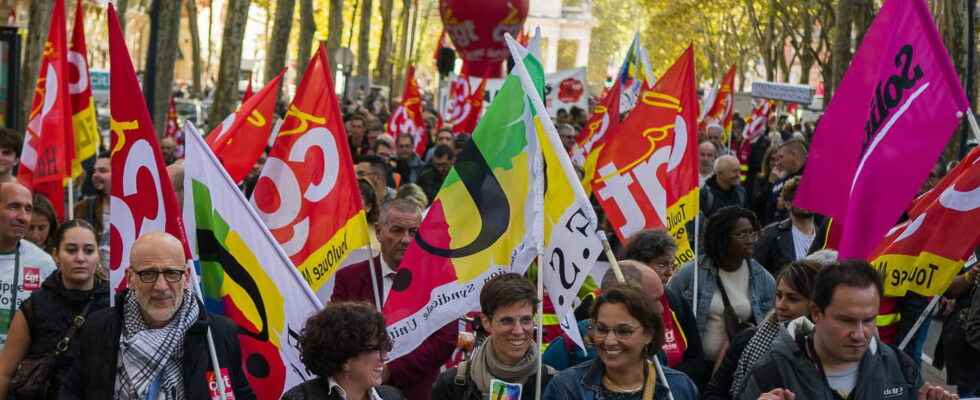At each demonstration, police and unions count the number of participants but deliver diametrically opposed figures. How are the calculations made and which comes closest to the truth?
How many demonstrators will there be in the streets this Thursday, January 19? While the mobilization against the pension reform must start strong to settle in the long term, the number of demonstrators will be expected at the turn. However, as with every demonstration, we must expect a considerable gap between the figure announced by the Ministry of the Interior and that put forward by the unions. We often go from simple to double or even triple.
For January 19, such a deviation would not be welcome. The unions insist on the need to see people marching everywhere in France and are aiming for the objective of one million demonstrators, or even more, to try to compete with the two million French people who mobilized in 1995 against the Juppé plan which already wanted pension reform. To count the number of participants and judge the extent of the mobilization, unions and police will be deployed again to count the opponents of the reform. But how do they calculate? And why are the differences so large?
Line counting in unions
During strikes and demonstrations all the unions send some of their forces to the edges of the processions to count the demonstrators. All, or almost, proceed in the same way and use line counting. At these crossing points the trade unionists check the number of people on a line and then the number of lines that pass in front of them. A simple multiplication is then enough to obtain a result which is only an “estimate”. At the CGT or FO, the method has been used for years.
Since the count is manual and carried out by humans, all the unions combine and compare their estimates to arrive at a new average figure for the number of demonstrators. This result, which is the average of several other averages, is also somewhat “raised” by the unions. Which are still waiting to have figures from the prefectures or the Ministry of the Interior before announcing their own count.
For the police, a similar but more reliable count?
Police forces also calculate the number of demonstrators manually without drones or aerial views and with a well-defined counting method and rules. “To do a balanced count, we take positions on high points and we establish lines”, explained the police to BFM TV in 2018. Each line is equivalent to ten people and the number of lines is counted at several points in the procession. At each passage, the police activate a counter which takes care of the calculations. The data from the various counters is then used to obtain an average. A method, not so far from that of the unions, but which “makes the thing very reliable” in the eyes of the police. Once the number of demonstrators has been stopped, it is up to the prefect or the ministry to announce it.
The count of demonstrators by the police seems to have the advantage with the institutions. In April 2015, a commission of experts responsible for thinking about new counting techniques concluded in a report that “the police’s methods are good and are the only ones possible”, as reported by Le Figaro.
